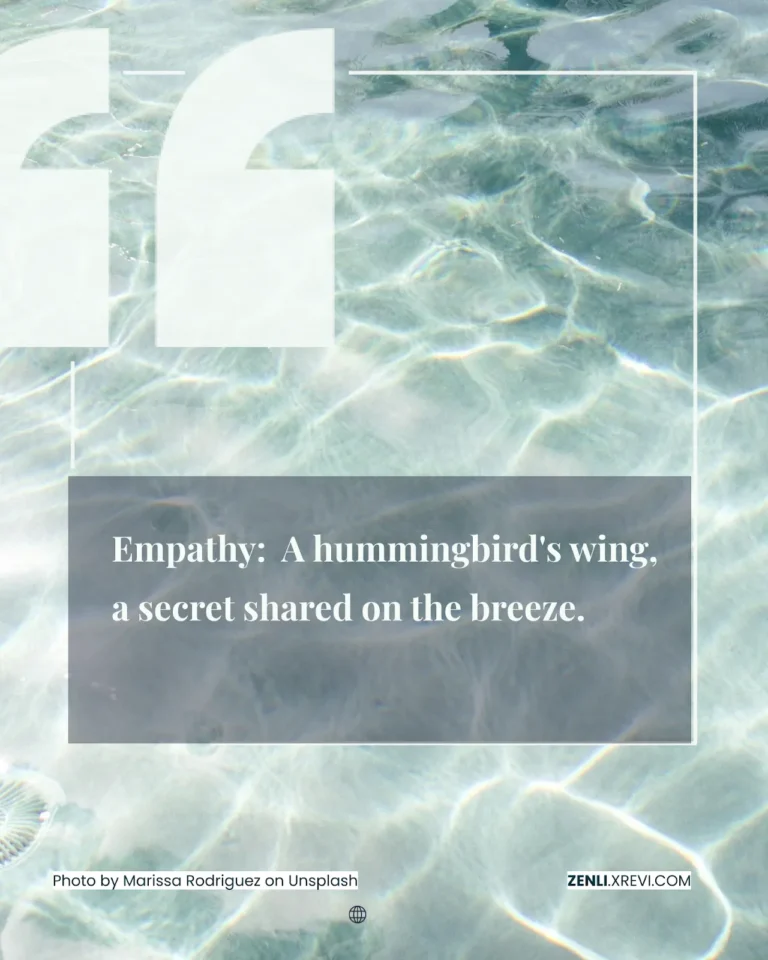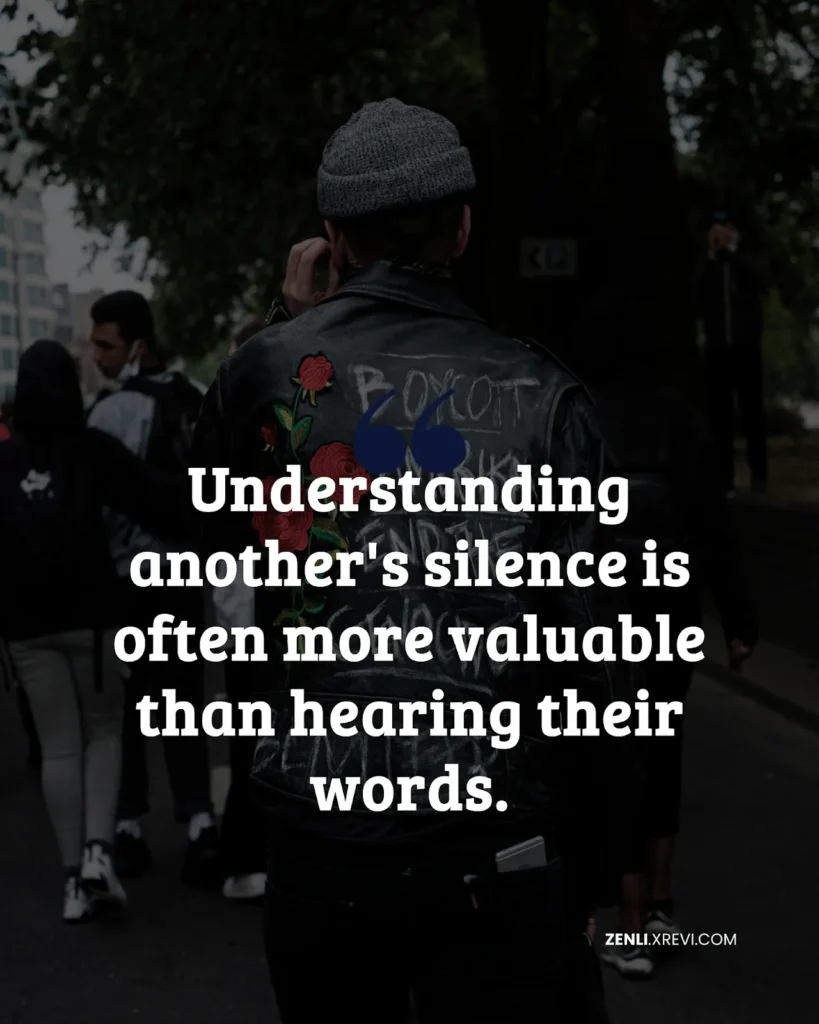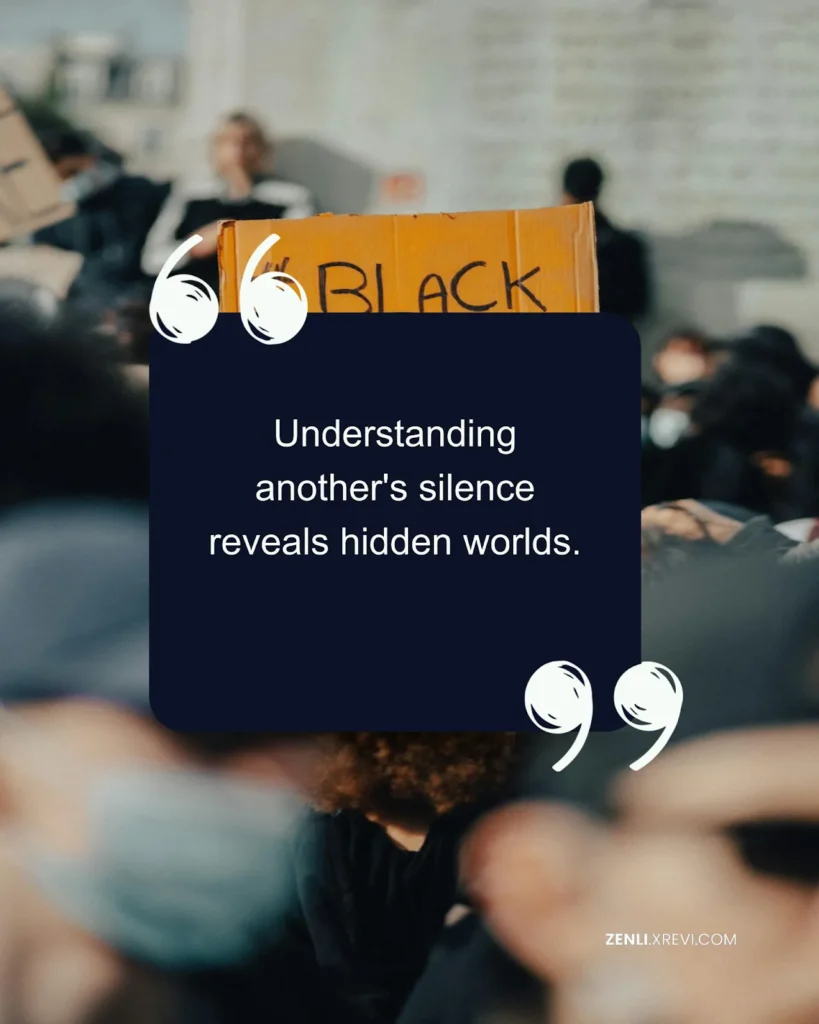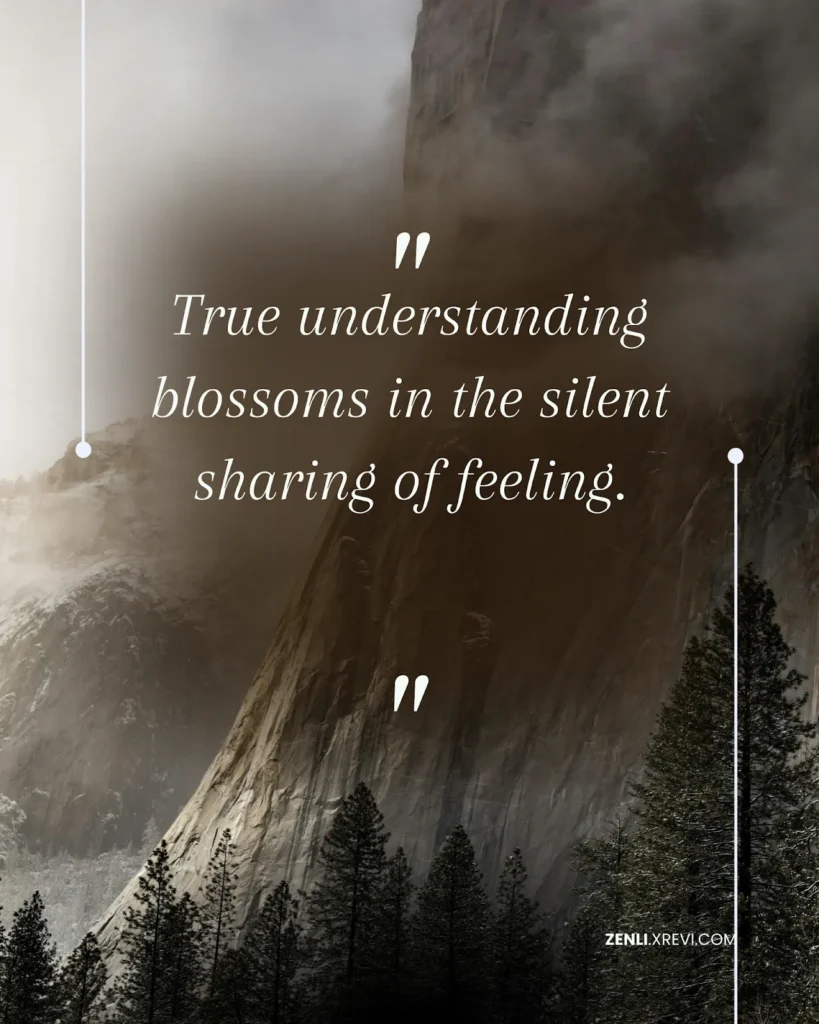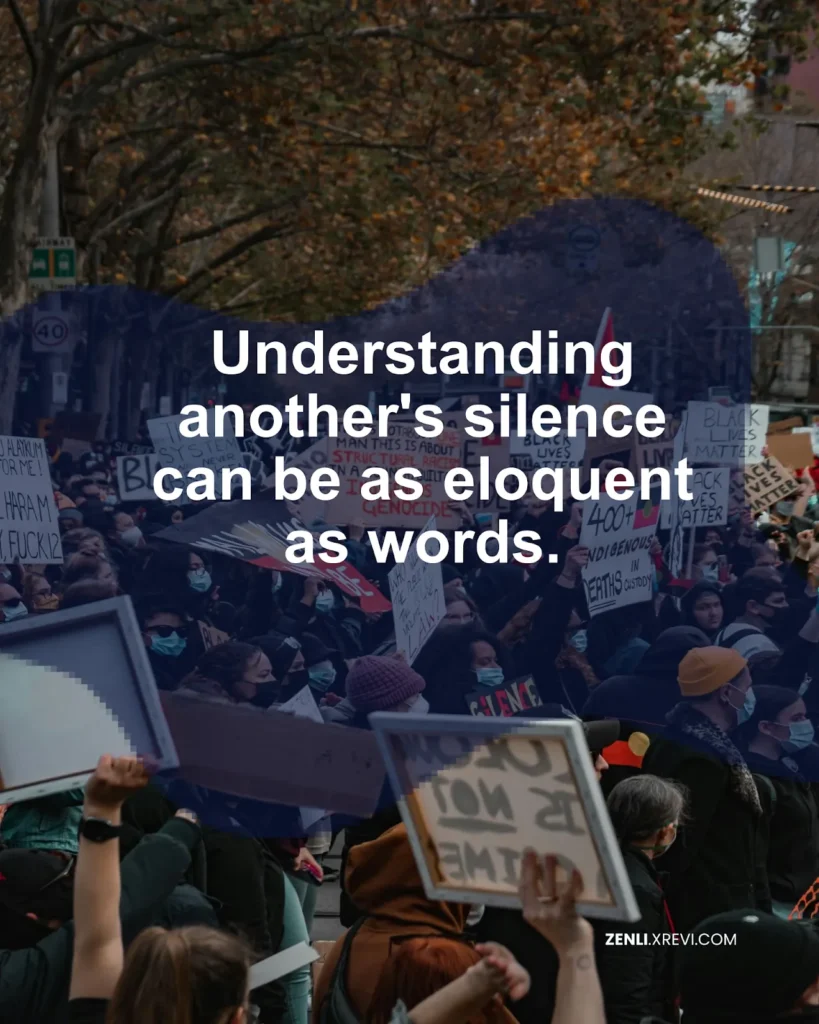Have you ever felt a pang of sadness watching a child cry, even if you didn’t know them? Or experienced a surge of joy witnessing a couple’s loving embrace? These fleeting moments of connection, these spontaneous shifts in our emotional landscape, are often attributed to empathy – the ability to understand and share the feelings of another. It’s not just about acknowledging someone’s pain; it’s about *feeling* it, even if vicariously. In our increasingly fast-paced and often isolating world, understanding and practicing empathy isn’t just a nice-to-have; it’s a vital ingredient for building stronger relationships, fostering compassion, and navigating the complexities of human interaction. From navigating workplace conflicts to resolving family disagreements, a dash of empathy can go a long way in smoothing the rough patches of daily life. But how do we cultivate this crucial skill, and what does it truly mean to step into someone else’s shoes?
Empathy: A hummingbird’s wing, a secret shared on the breeze.
This beautiful quote perfectly captures the essence of empathy. The hummingbird’s wing, delicate and swift, represents the subtle yet powerful nature of empathetic connection. It’s not a forceful act, but rather a gentle flutter, a barely perceptible shift in the air. Similarly, the “secret shared on the breeze” highlights the unspoken understanding that occurs when empathy is truly present. It’s a silent communication, a transfer of feeling that transcends words. Think about a friend confiding in you about a difficult situation. Empathy isn’t about offering immediate solutions; it’s about listening deeply, validating their feelings, and letting them know you understand their experience, even if you haven’t lived through the same thing. It’s about being present, offering a safe space, and letting the “secret” – their emotions – be held gently in the breeze of understanding. This kind of connection strengthens bonds, builds trust, and allows for genuine human interaction.
Imagine a scenario where a colleague is struggling with a project. Instead of dismissing their concerns, you actively listen, try to understand the source of their frustration, and offer support. You don’t necessarily need to solve the problem, but by showing empathy, you create a collaborative and supportive environment. Similarly, practicing empathy with family members allows for better conflict resolution. Instead of getting defensive, you attempt to understand their perspective, even if you don’t agree with it. This shared understanding can bridge divides and create more harmonious relationships. By making a conscious effort to understand the emotional landscape of those around us, we foster compassion and strengthen our connections.
In conclusion, empathy isn’t a passive trait; it’s an active skill that requires conscious effort and practice. It’s about shifting our perspective, stepping outside of our own experiences, and attempting to understand the world from another’s viewpoint. Take some time today to reflect on your interactions. Where could you have shown more empathy? How can you cultivate this precious quality in your relationships? By embracing empathy, we create a ripple effect of understanding, compassion, and connection, enriching not only our own lives but the lives of those around us. Remember the hummingbird’s wing – the smallest actions can have the biggest impact. Share your thoughts on how you practice empathy in the comments below. Let’s cultivate a world where the breeze of understanding carries us all.
Photo by Marissa Rodriguez on Unsplash
